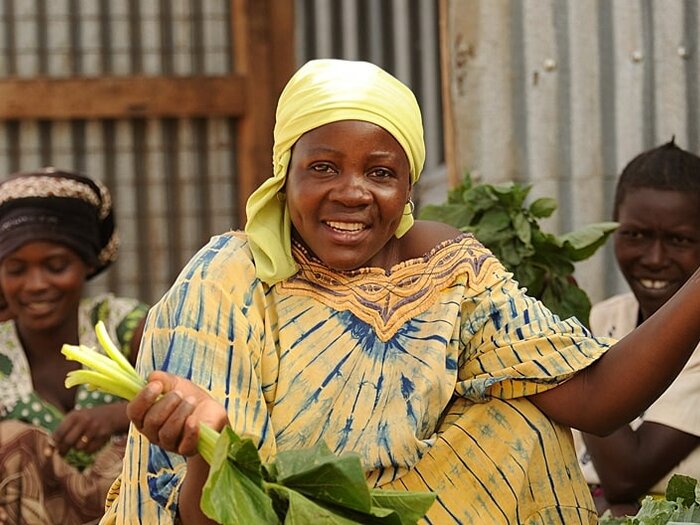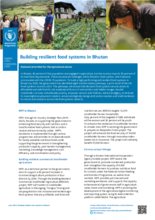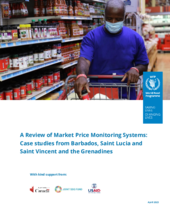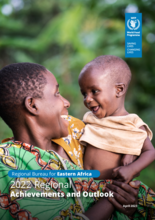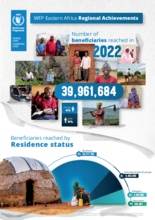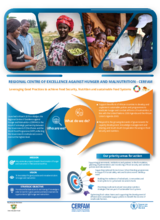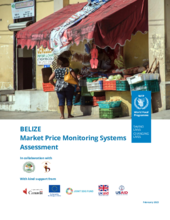Food systems
- Up to 828 million
- hungry people suggest food systems failures
- 35% increase
- expected in global food demand will require stronger food systems by 2030
- 40%
- of costs and efficiency gains come from the “midstream” – work like transport, storage, processing, and retail
The fact that up to 828 million people are chronically hungry across the world suggests that food systems – the networks that are needed to produce and transform food, and ensure it reaches consumers – are not meeting the needs of large sections of society. Improving the performance of food systems and their ability to cater even for the poorest will therefore be key to achieving Zero Hunger.
Flawed or broken food systems can affect food security in a number of ways. They can drive prices up, making it difficult for the poorest to afford nutritious food, or prevent smallholder farmers from making good profits from their crops.
Food system disruptions can be linked to shocks related to climate change and globalization, as well as conflict and strife. Even in stable contexts, poor communication, transportation and storage facilities, dysfunctional commercial markets and inequalities can limit people’s ability to access the food they need.
For the World Food Programme (WFP), food systems are not abstract concepts. Our experience buying and distributing food in 80 countries across the world has given us an understanding of the main problems facing food systems. These are:
Related topics
In focus
Everything you need to know about food systems
Story | 23 July 2021
'We have the resources to end hunger – no child should be allowed to starve'
Story | 27 July 2021
School meals coalition: Link-up aims to transform the lives of children
Story | 23 July 2021
Consider the huge cost of NOT funding school meals, urges WFP chief
Story | 29 July 2021
Food systems: WFP demands urgent action against hunger
Story | 29 July 2021

